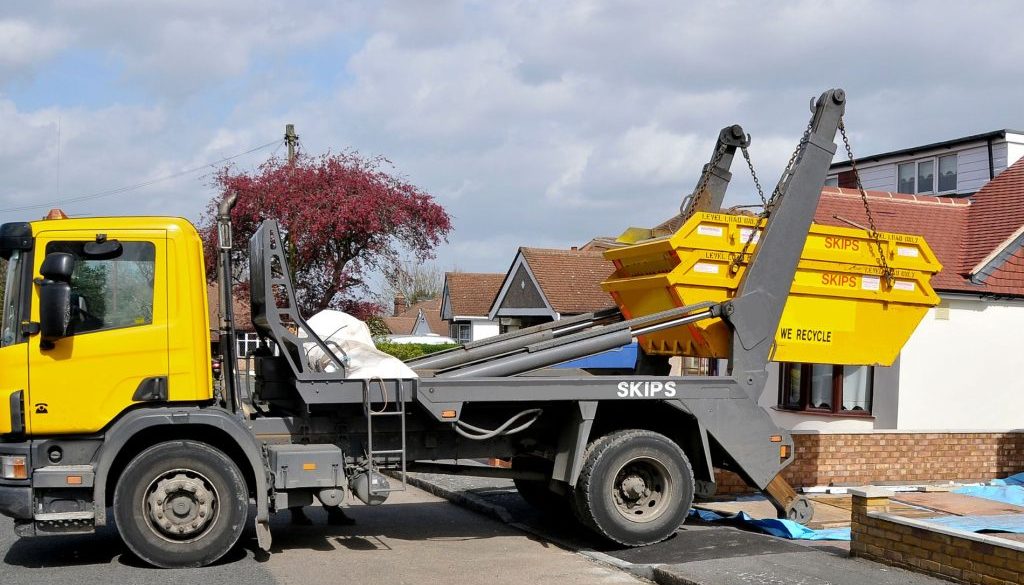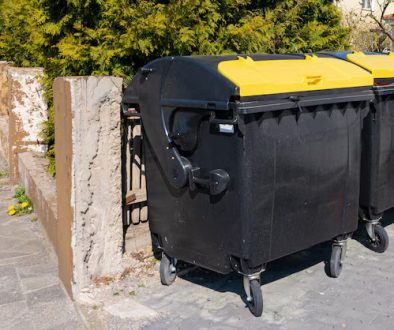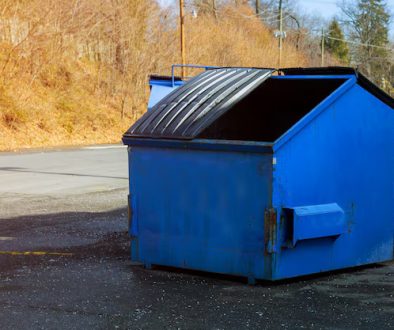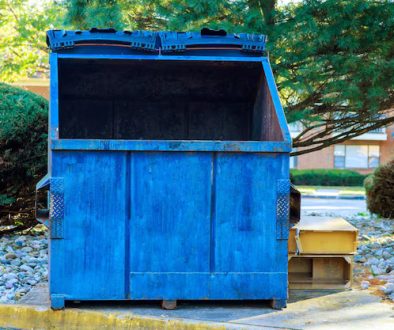When embarking on a construction or renovation project, it is crucial to ensure an effective waste management system is in place. Skips are a popular and convenient solution for storing, transporting, and disposing of construction waste. However, with a vast range of skip sizes available, selecting the right one for your project can be challenging. As a family-run skip hire and aggregate company servicing Staffordshire, Enviro Skip Hire is dedicated to helping customers make informed decisions when choosing the most appropriate skip size for their needs, ensuring efficient waste management and compliance with waste disposal regulations.
In this insightful guide, we will delve into the essential factors to consider when selecting the right skip size for your construction or renovation project. We will explore various skip sizes and their typical applications, the significance of accurate waste generation estimation, understanding size restrictions, and the importance of adhering to waste disposal regulations. Armed with this knowledge, you can make an informed decision about which skip size best suits your project requirements, allowing for a stress-free and efficient waste management experience.
Embark on this informative journey with us to learn how to choose the best skip size for your project, ensure compliance with waste disposal regulations, and optimise the waste management process for a smoother, more organised construction or renovation experience.
1. Understanding Different Skip Sizes and Their Applications
Skips come in a variety of sizes, making them suitable for different project requirements. Being aware of the various sizes available and their typical applications can help simplify your decision-making process. Here are some common skip sizes and their uses:
- Mini Skips (2-3 yard capacity): These small skips are ideal for smaller domestic projects, such as garden waste disposal or minor home improvements.
- Midi Skips (4-5 yard capacity): Midi skips are suitable for slightly larger home renovations, including bathroom and kitchen refits, as well as small construction projects.
- Builder’s Skips (6-8 yard capacity): These versatile skips are commonly used for medium-sized construction jobs, handling waste from larger refurbishments, conversions, and landscaping projects.
- Maxi Skips (10-16 yard capacity): Maxi skips are designed for bigger projects with substantial waste generation, including commercial construction, house clearances, and bulky waste disposal.
- Roll-on, Roll-off Skips (20-40 yard capacity): These large skips cater to significant waste disposal requirements, such as industrial projects, large demolition work, and commercial site clearances.
Bear in mind that the suitability of a skip size also hinges upon other factors such as waste generation, available space, and waste disposal regulations.
2. Accurate Waste Generation Estimation
Estimating the volume of waste your project will generate enables you to gauge the appropriate skip size to manage your rubbish efficiently. To perform an accurate waste generation estimation:
- Assess the scale and scope of your project, considering the materials and waste types involved.
- Consider any previous experience with similar projects to draw comparisons and establish a baseline for waste generation.
- Consult online resources or seek advice from a skip hire professional, like Enviro Skip Hire, who can offer guidance on the most suitable skip size based on past client experiences.
While it may be tempting to opt for a smaller skip in an effort to save money, it is crucial to avoid underestimating your waste generation capacity. If the skip becomes overfilled, you may face additional costs or delays in removing the excess waste.
3. Space and Access Considerations
Prior to hiring a skip, consider the available space for placement and the accessibility of the location. Factors to keep in mind include:
- Space: Ensure there is sufficient space on your property or site for the intended skip size, taking into account any height and width restrictions.
- Access: Skips need to be easily accessible for delivery and collection. Verify that there is a clear route to the desired location, accommodating the size of the skip lorry and any potential obstacles.
- Permits: If you are unable to place the skip on your property and need to position it on a public highway, a skip permit is required. Speak with your chosen skip hire company, like Enviro Skip Hire, about obtaining the necessary permits.
4. Understanding Waste Disposal Regulations
When selecting a skip size, it is essential to comply with waste disposal regulations to prevent potential environmental harm and associated penalties. Key considerations include:
- Appropriate Waste Segregation: Segregate waste materials according to type, ensuring hazardous waste is isolated from general construction waste.
- Restricted Items: Be aware of any prohibited items that cannot be placed in a skip, including asbestos, batteries, tyres, paint, and chemicals. Consult your skip hire provider for guidance on disposing of such materials responsibly.
- Overfilling Prevention: Avoid overfilling skips, ensuring waste does not exceed the skip’s capacity or project above the sides.
Conclusion
Choosing the right skip size for your construction or renovation project is crucial for efficient waste management and compliance with disposal regulations. By understanding the various skip sizes and their applications, accurately estimating waste generation, taking space and access into account, and adhering to waste disposal regulations, you can make an informed decision and optimise your waste management process.
To ensure you select the best skip size for your project, partner with a trusted skip hire and waste management provider like Enviro Skip Hire. Our team of experts is here to help you navigate the skip size selection process and offer tailored advice to suit your unique waste disposal requirements. Reach out to us to take the guesswork out of choosing the right skip size, ensuring a convenient and hassle-free experience for your construction or renovation project!




